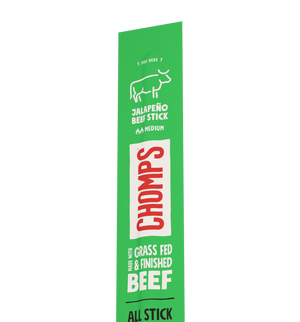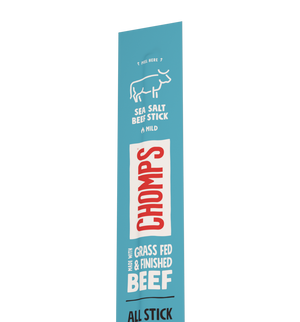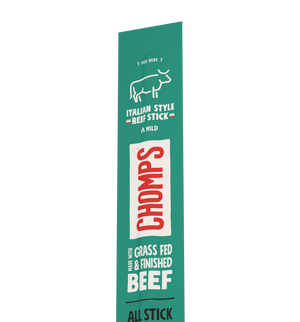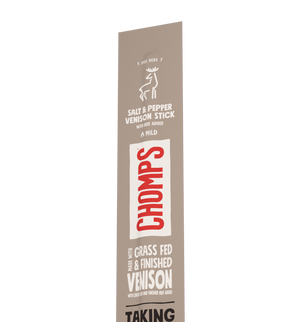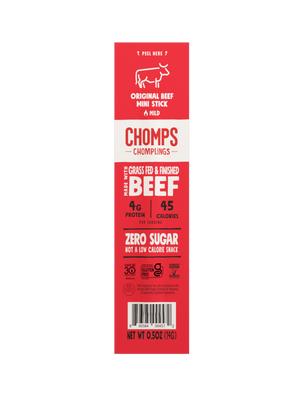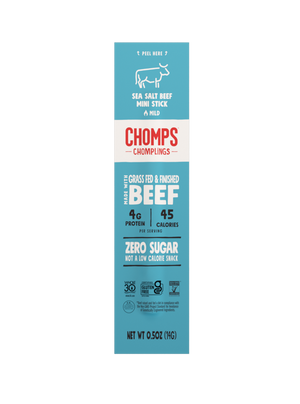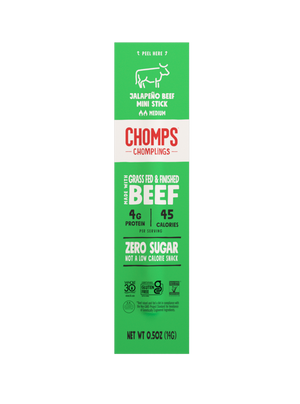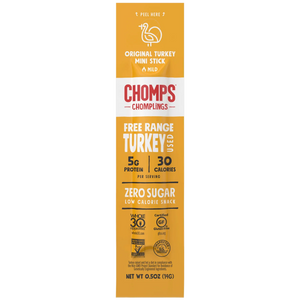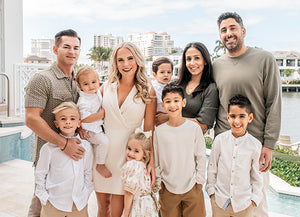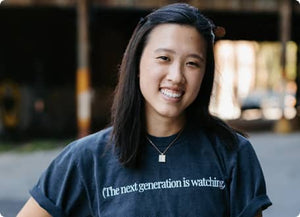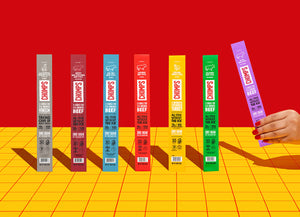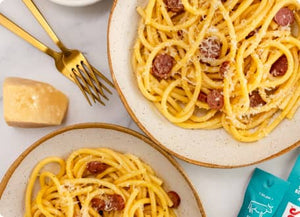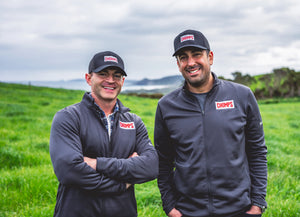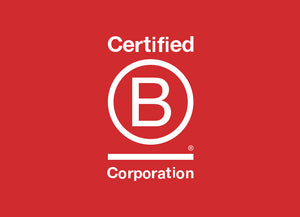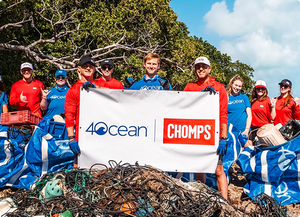Low-carb diets, like keto or carnivore, offer several health benefits, [1] including faster weight loss and improved blood sugar. If eating fewer carbs can offer you an advantage, what about eating no carbs?
A zero carb or no carb diet plan takes low-carb eating to the extreme and creates meals around zero carb foods while eliminating all foods that contain carbohydrates. That means some otherwise nutritious foods, like fruit and whole grains, are eliminated on a no carb diet because of their carb content.
Keep reading for how a no carb diet plan works, a zero carb foods list, and ideas for a no carb meal plan that spans 4 days to get you started.
What Is a No Carb Diet?
A no carb diet plan is an eating approach that completely eliminates or severely restricts carbohydrate intake from your daily meals. Unlike other low-carb approaches that allow some carbohydrates, a no carb diet plan focuses exclusively on foods that contain zero or trace amounts of carbohydrates, primarily animal-based proteins and fats.
When following a no carb meal plan, you'll build your diet around meat, fish, eggs, and certain dairy products while avoiding all grains, fruits, vegetables, legumes, and sugars. This means that staple foods like bread, rice, pasta, potatoes, and even nutritious options like apples or sweet potatoes are eliminated from your daily menu.
The philosophy behind a no carb diet plan is that by removing carbohydrates entirely, your body is forced to use fat as its primary energy source. This metabolic state is similar to ketosis, which occurs in very low-carb diets, but takes the concept further by attempting to completely eliminate carbs.
It's important to note that a true no carb meal plan can be challenging to maintain, as even many healthy foods contain small amounts of carbohydrates. For this reason, many people who follow a no carb diet plan may actually consume a very small amount of carbs (usually less than 10 grams per day) from sources like herbs, spices, and certain condiments.
How to Follow a No Carb Diet
There are no hard and fast rules for following a no carb diet meal plan. For a true zero carb meal plan, you’ll need to eliminate all fruit, vegetables, grains, and other plant foods and only eat animal proteins and fats.
Since the no carb diet is open to interpretation, here are some guidelines to help you safely explore a no carb diet plan.
Prioritize Healthy Fats
Fat is a staple of low-carb and no carb diet meal plans, but some fats are healthier than others. Trans fats, [2] which are found in margarine, shortening, and many packaged foods, have been linked to an increased risk of heart disease, while unsaturated fats can support heart health.
The best way to avoid trans fat is by using unsaturated cooking oils, like olive oil and avocado oil, as well as grass-fed butter or ghee and coconut oil in place of margarine and shortening.
Other good sources of unsaturated fats include avocados, nuts, seeds, and fatty fish.
Animal foods are natural sources of saturated fat, so you won’t be able to entirely avoid them on a no carb diet plan. However, you can reduce your intake of saturated fats by choosing lean meats, like filet and skinless chicken, and reducing your intake of high-fat meats, like bacon and prime rib.
Choose High-quality Proteins.
Since a no carb diet plan is mostly protein, you’re going to want to make sure to choose the highest quality animal products you can find. Researchers have found that grass-fed and pastured meat, eggs, and dairy products are more nutrient-dense than conventionally raised and fed livestock.
Grass-fed beef contains higher amounts of heart-healthy omega-3 fatty acids than grain-fed cattle. [3] Eggs from pastured hens also contain more omega-3 fats [4] and have higher levels of antioxidants.
Include Some Non-starchy Veggies
A true no carb diet plan won’t include any vegetables, since all plant foods contain some amount of carbs. However, eliminating all plant foods can increase your risk for low micronutrient intake, [5] since vegetables provide essential vitamins, minerals, antioxidants, and fiber. In other words, the benefits of eating veggies far outweigh the carb content.
Adding a few servings of non-starchy veggies, such as leafy greens, zucchini, mushrooms, broccoli, or cabbage, to your no carb meal plan can increase your nutrient intake for very few carbs.
Be Flexible
If you try a no carb diet plan and find yourself growing tired of eating meat 24/7, missing fruit or other favorite foods, or you just don’t feel your best, consider adding a small amount of carbs to your meal plan. Including low net carb foods on a no carb diet will give you more food variety and increase your fiber intake, which supports digestive health.
Low net carb foods you may wish to include:
-
Avocado
-
Coconut
-
Nuts and seeds
-
Non-starchy vegetables
You can calculate net carbs with this formula:
Total grams of carbs per serving – Grams of fiber per serving = Net Carbs
You can also switch to a low-carb or keto diet. You’ll still benefit from following a low-carb diet plan, but either option allows some quality carb intake, which can give you a bit more meal planning flexibility and greater food and nutrient variety.
Benefits of a No Carb Diet
Following a no carb diet plan can offer several potential benefits. Here 6 that come to mind:
Weight Loss and Fat Burning
One of the primary benefits of a no carb meal plan is its potential for rapid weight loss. When you eliminate carbohydrates, your body begins to use stored fat for energy. Additionally, many people report feeling less hungry on a no carb diet plan, which can naturally lead to reduced calorie intake.
Blood Sugar Control
A no carb diet meal plan can be particularly beneficial for blood sugar management. Since carbohydrates have the most significant impact on blood sugar levels, eliminating them can help stabilize blood glucose and potentially reduce insulin requirements for some individuals.
Reduced Inflammation
Some followers on a no carb diet meal plan report decreased inflammation throughout their bodies. This may be due to the elimination of potentially inflammatory foods and the focus on nutrient-dense animal proteins and healthy fats.
Mental Clarity
Many people who follow a no carb meal plan report experiencing improved mental clarity and sustained energy levels throughout the day. This might be due to the stable blood sugar levels and the brain's adaptation to using ketones for fuel instead of glucose.
Simplified Meal Planning
While restrictive, a no carb diet meal plan can simplify food choices and meal planning. With clear guidelines about what to eat and what to avoid, some people find it easier to make food decisions and stick to their dietary goals.
Potential Digestive Benefits
Some individuals report improvements in digestive issues when following a no carb diet meal plan. This is especially the case for those who may be sensitive to certain carbohydrates or fiber. It's important to note that this can vary significantly from person to person.
Keep in mind that while these benefits can be appealing, a no carb diet meal plan is one of the most restrictive eating patterns available. Consider starting with a less restrictive low-carb approach and gradually reducing carb intake if you want to explore the benefits of carb restriction while maintaining a more sustainable and balanced eating pattern.
Foods to Consider in a No Carb Diet Plan
Some people go all in on a no carb diet plan and eliminate as many carbs as possible, while others allow very small amounts of nutritious carb-containing foods, like vegetables.
A no carb meal plan can be similar to the keto diet, which reduces carb intake to 5-10% of daily calories. [6] That equates to 25-50 grams of carbs per 2,000 calories. The keto diet also restricts protein intake and has you eat 70-80% of your calories from fat. Unlike keto, though, the no carb diet doesn’t offer guidelines for how much protein or fat to consume.
As mentioned earlier, it’s really tough to eat a true no carb meal plan long-term. If you are determined to give it a go, you’ll start by filling up on fats and proteins instead of carbs.
No carb diet foods to eat include:
-
Meat, poultry, pork
-
Seafood
-
Eggs
-
Cheese
-
Cooking fats and oils, including butter, olive oil, coconut oil, lard, and ghee
-
Fresh and dried herbs
-
Zero carb condiments, including vinegar, mayo, hot sauce, and mustard
-
Plain coffee or tea
Foods with carbs to avoid include:
-
Baked goods
-
Fruit
-
Grains, including rice, oats, pasta, and bread
-
Lentils
-
Milk
-
Starchy vegetables, including potatoes, peas, and corn
-
Sugar and other sweeteners like honey and maple syrup
-
Sweetened drinks and condiments
-
Yogurt
Let’s review how to use the zero carb food list to create a no carb diet plan.
No Carb Meal Plan
No carb meals are easier to create than you may realize. After all, you only need a few ingredients to create a no carb meal. Pair a protein with a healthy fat source and a low-carb, non-starchy veggie to create a variety of meals.
What about no carb snacks? Snacks can help enhance satiety between meals, but what can you reach for that’s zero carb and satisfying? Jerky and meat sticks, like Chomps Original Beef Jerky Sticks, make a great on-the-go snack and require zero meal prepping. Chomps are naturally a zero carb food and each meat stick contains 10+ grams of high-quality, grass-fed protein.
Check out some ideas and recipes for a no carb diet menu below.
Day 1: Fresh Start
Start your no carb journey with a day featuring classic combinations. Beginning with savory chicken sausage and ending with a steakhouse favorite, this day's menu shows how satisfying a no carb diet plan can be while incorporating plenty of healthy fats and proteins.
-
Breakfast: Chicken sausages and spinach cooked in olive oil
-
Lunch: Canned tuna mixed with mayo stuffed in romaine leaves
-
Snack: Guacamole
-
Dinner: Skirt steak with bell peppers and onions
Day 2: Tex-Mex Inspired
This day brings bold flavors to your no carb meal plan with Tex-Mex inspired dishes. From salsa and avocado at breakfast to cheese-topped proteins throughout the day, you'll enjoy rich, satisfying meals without missing the carbs.
-
Breakfast: Eggs scrambled in butter with shredded cheese, salsa, and avocado
-
Lunch: Bunless beef or turkey burger topped with cheese
-
Snack: Pepperoni and cheese
-
Dinner: Grilled chicken breasts topped with cheese and bacon
Day 3: Quick and Easy
Sometimes simple is best. Day 3 focuses on convenient, no-fuss meals that require minimal preparation while still delivering on taste and nutrition. This part of our no carb diet plan gives you sustained energy throughout your day.
-
Breakfast: Hard boiled eggs with bullet-proof coffee
-
Lunch: Deli turkey and cheese roll ups with pickles
-
Snack: Chomps jerky sticks
-
Dinner: Roasted salmon and broccoli with olive oil
Day 4: Gourmet Touch
End your four days with more elaborate dishes that prove a no carb diet plan can be both sophisticated and satisfying. From a classic omelet breakfast to elegant bacon-wrapped scallops, these meals feel special while keeping carbs at zero.
-
Breakfast: Mushroom and cheese omelet
-
Lunch: Meatballs with zucchini noodles and pesto sauce
-
Snack: Hard-boiled or deviled eggs prepared with mayo and mustard
-
Dinner: Bacon wrapped scallops and asparagus
Successful Zero Carb Dieting
A carb-free diet plan is a very strict way of eating that eliminates all forms of carbohydrates, including fruit, vegetables, whole grains, legumes, and most dairy. Although it can help you lose weight and improve blood sugar, a no carb diet plan is again highly restrictive and unsustainable. Including nutrient-dense foods with low net carbs, like non-starchy veggies, nuts, and avocados, can improve the quality and success rate of your low-carb diet.
Interested in learning about another low-carb diet? Check out our guide to the Atkins diet.
References
[1] Batch, Jennifer T et al. “Advantages and Disadvantages of the Ketogenic Diet: A Review Article.” Cureus vol. 12,8 e9639. 10 Aug. 2020, doi:10.7759/cureus.9639
[2] Te Morenga, Lisa, and Jason M Montez. “Health effects of saturated and trans-fatty acid intake in children and adolescents: Systematic review and meta-analysis.” PloS one vol. 12,11 e0186672. 17 Nov. 2017, doi:10.1371/journal.pone.0186672
[3] Davis, Hannah et al. “Nutritional Benefits from Fatty Acids in Organic and Grass-Fed Beef.” Foods (Basel, Switzerland) vol. 11,5 646. 23 Feb. 2022, doi:10.3390/foods11050646
[4] Sergin, Selin et al. “Fatty Acid and Antioxidant Profile of Eggs from Pasture-Raised Hens Fed a Corn- and Soy-Free Diet and Supplemented with Grass-Fed Beef Suet and Liver.” Foods (Basel, Switzerland) vol. 11,21 3404. 28 Oct. 2022, doi:10.3390/foods11213404
[5] Calton, Jayson B. “Prevalence of micronutrient deficiency in popular diet plans.” Journal of the International Society of Sports Nutrition vol. 7 24. 10 Jun. 2010, doi:10.1186/1550-2783-7-24
[6] Oh, Robert, et al. “Low Carbohydrate Diet.” Nih.gov, StatPearls Publishing, 29 July 2023.


